Chapter 3: How to Keep & Feed the Muse
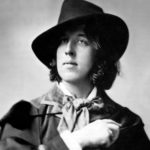
To illustrate the fickle nature of the Muse, Bradbury invokes Oscar Wilde. (psst: he substitutes “Love” for “Art”).
The Muse (aka The Subconscious)
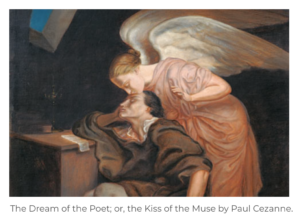
Although our dominant depiction of the Muse are the goddesses from Greek Mythology, Bradbury equates the Muse with the subconscious. What we “feed” our Muse or subconscious may take a while to come back. It’s a slow, invisible process, but one we must have faith in.
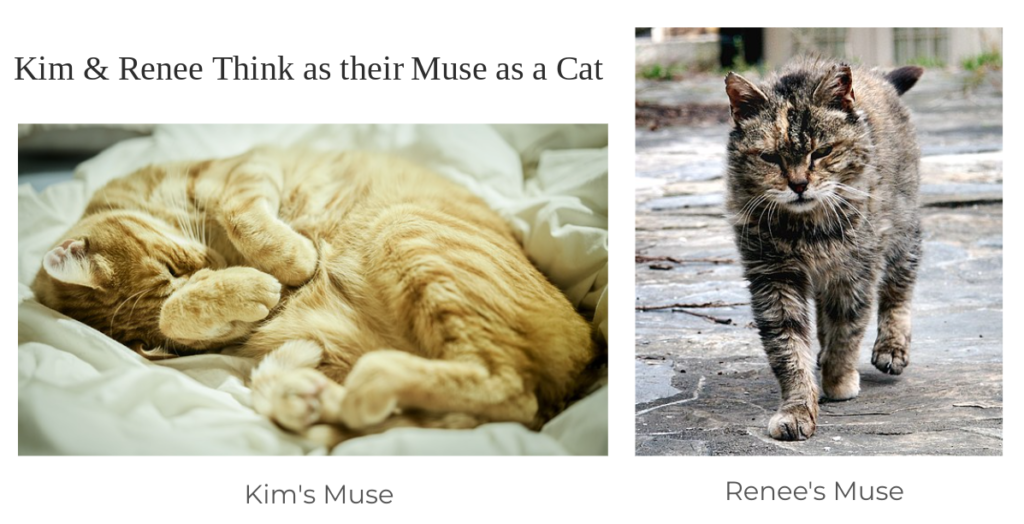
How to Feed the Muse
It is my contention that in order to Keep and Muse, you must first offer food.
Ray Bradbury, Zen in the Art of Writing
Bradbury tells us how to interact with our subconscious for maximum creative output. Namely, the writer can’t tie the subconscious to a chair and torture it in a attic and expect it to talk. We have to coax our Muse/Subconcious and entice it to stick around.
The Muse's Menu
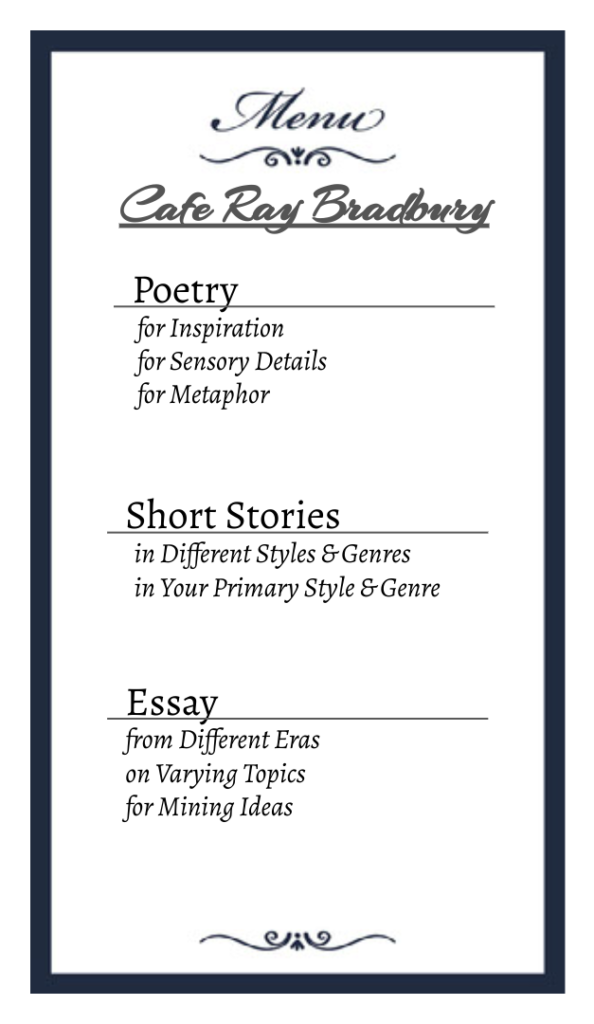
Each dish fills the subconscious’ storehouse for ideas. Poetry inspires the writer and helps them develop metaphors and practice sensory details. For short stories, Bradbury suggests writers read not just their primary genre or style. Essays, from different eras and topics, help the writer mine for ideas.
Our Menu from the Episode
- Ilya Kaminsky’s Deaf Republic
- Atlantic Monthly’s essay “Absolute Power”
- Zachary Schomburg’s Fjords Vol. 1
- Joshua Beckman’s Take It
- Alex Green’s Emergency Anthems
- Alberto Alvaro Rios’ “The Secret Lion“
- Jo Ann Beard’s “The Fourth State of Matter” from The Boys of My Youth
- Ralph Keyes’ The Courage to Write
- Story Behind the Story
- Edward P. Jones’ Lost in the City
- Ray Bradbury’s “The Veldt” from The Illustrated Man
- C.S. Lewis’ One Stories
- Tom Wolff
- Anthony Burgess
Chapter 4: Drunk and in Charge of a Bicycle
From these primitive bricks, I have built a life and a career. By my staying in love with all of these amazing things, all of the good things in my existence have come about.
Ray Bradbury, Zen in the Art of Writing
Guided by his love for speculative literature and experiences with colorful mentors, young Ray embarked on a path starting in a small town in Illinois and ended with him becoming THE Ray Bradbury, author of the famed Fahrenheit 451, one of the most famous science fiction authors of all time.
Mr. Electrico, a Love Story by Ray Bradbury
Bradbury says as a child he followed his passions (ie: horror and science fiction from comics, novels, short stories and radio plays). In other words, he raised his Muse on Buck Rogers, Edgar Rice Burroughs, and Chandu the Magician.
As a young boy, Bradbury met a man named Mr. Electrico, who worked a booth at a carnival and gave him a personal tour of the grounds, during which Bradbury was introduced to illustrated men and bearded women. Mr. Electrico claimed he once met Bradbury in a past life and that no one ever dies.
Continuing the Conversation: Depictions of the Muse

The prevailing idea of The Muse invokes images of a fairy or goddess who comes to use to aid in our creativity. We all know it when we feel her near, but what is she, exactly? Whether a writer or artist, The Muse is inspiration. She’s present when we experience flow. She/He/They are there when the words just flow from our brain to the page. We think we all know the one and only Muse, but who is she exactly?
In Greek mythology, she’s 9 Goddesses, actually (in other Greek provinces there were only 3) dedicated to inspiring poets, singers, playwrights, dancers, astronomers, and, well, that’s it, really. Don’t feel left out, Dear Novelists and Short Story Writers. The novel wasn’t invented until the 18th Century and the Short Story (invented by Edgar Allen Poe) wasn’t really a thing until the 19th Century.
But a Muse need not be a goddess. Many famous artists attribute their inspiration to real people. Kiki de Montparnasse, Man Ray’s partner and model, inspired the Perisian art scene in the 1930’s. Victorine-Louise Meurent appears in two of Manet’s famous paintings, Luncheon on the Grass and Olympia.
For more information about real people who inspired great artists, check out Muses: Women Who Inspire.
A Tribute to Philip Francis Nowlan
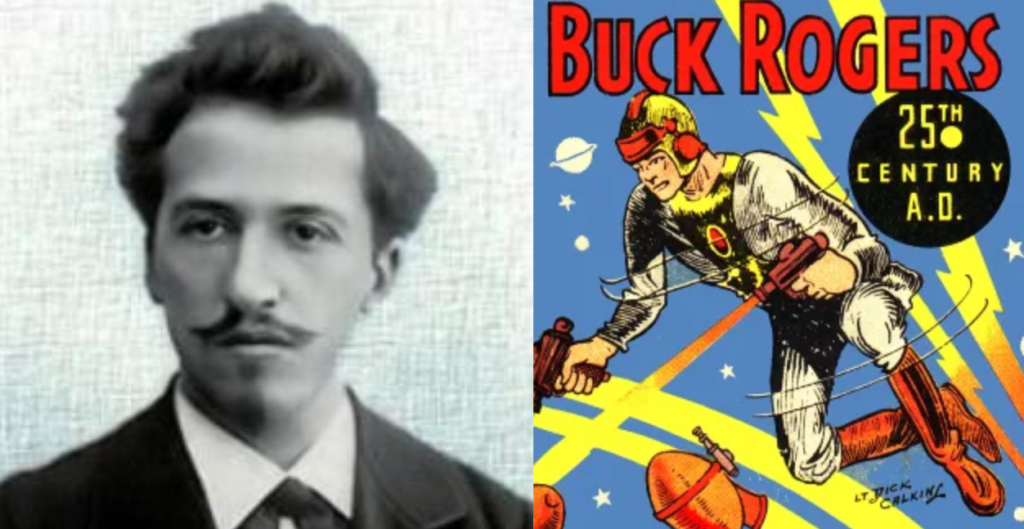
Philip Francis Nowlan, an American author, was the creator of Buck Rogers. Born in 1888, he attended the University of Pennsylvania. Between 1929 and 1939, he wrote the Buck Rogers comic strip with illustrator Dick Calkins. Although Nowlan died in 1940, Buck Rogers continued to live on in comics until 1967, appeared in radio dramas, movies and television into the 1980’s. Bradbury credits Buck Rogers as a direct influence in his journey as a writer.




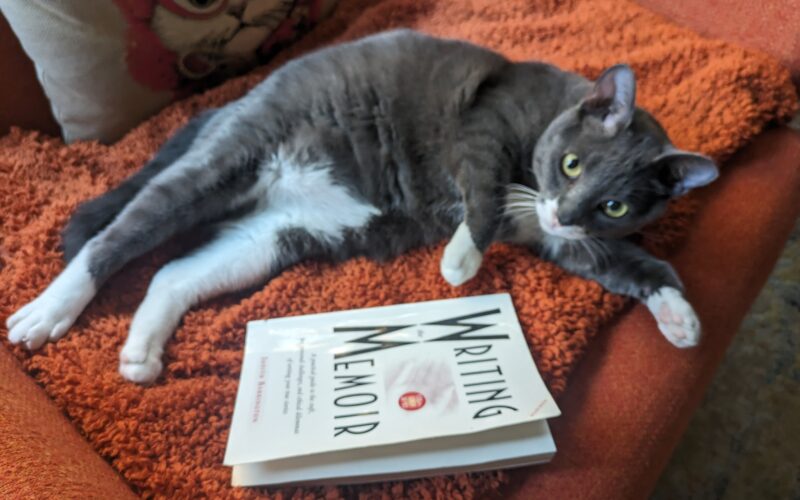



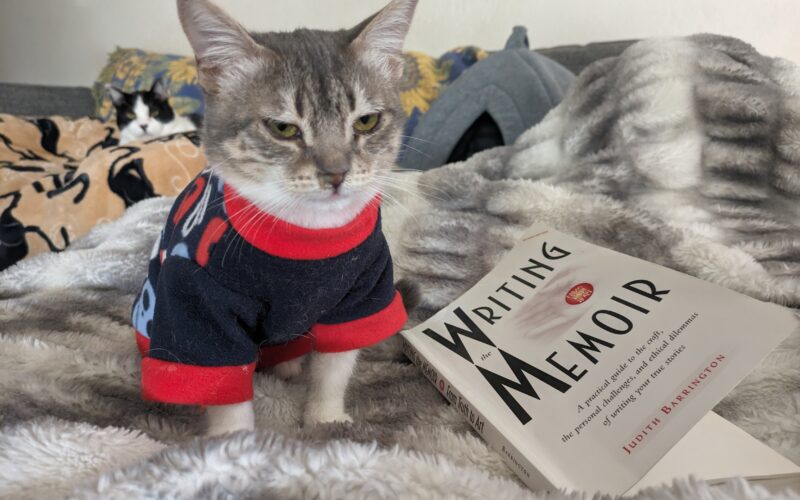
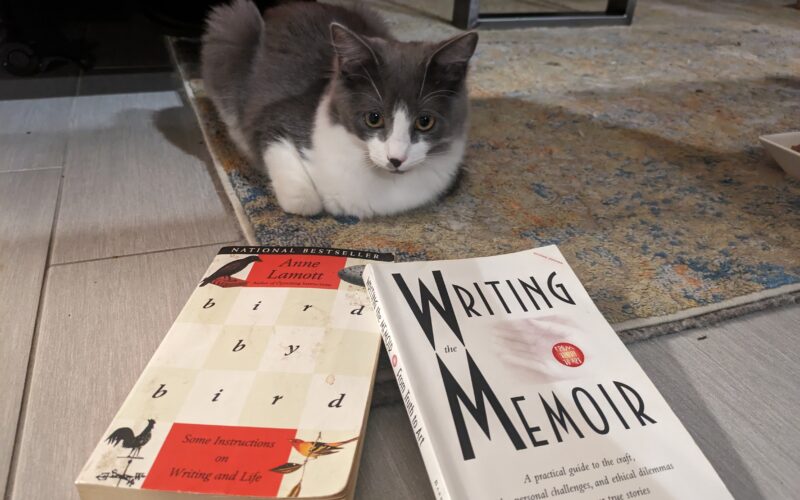
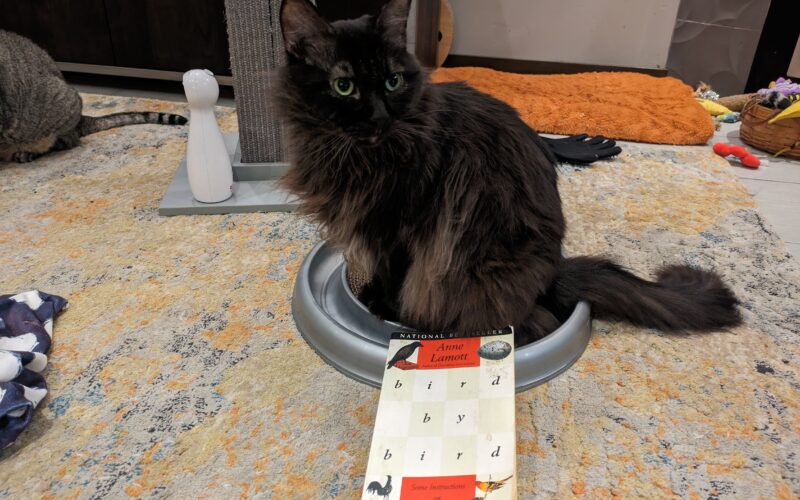
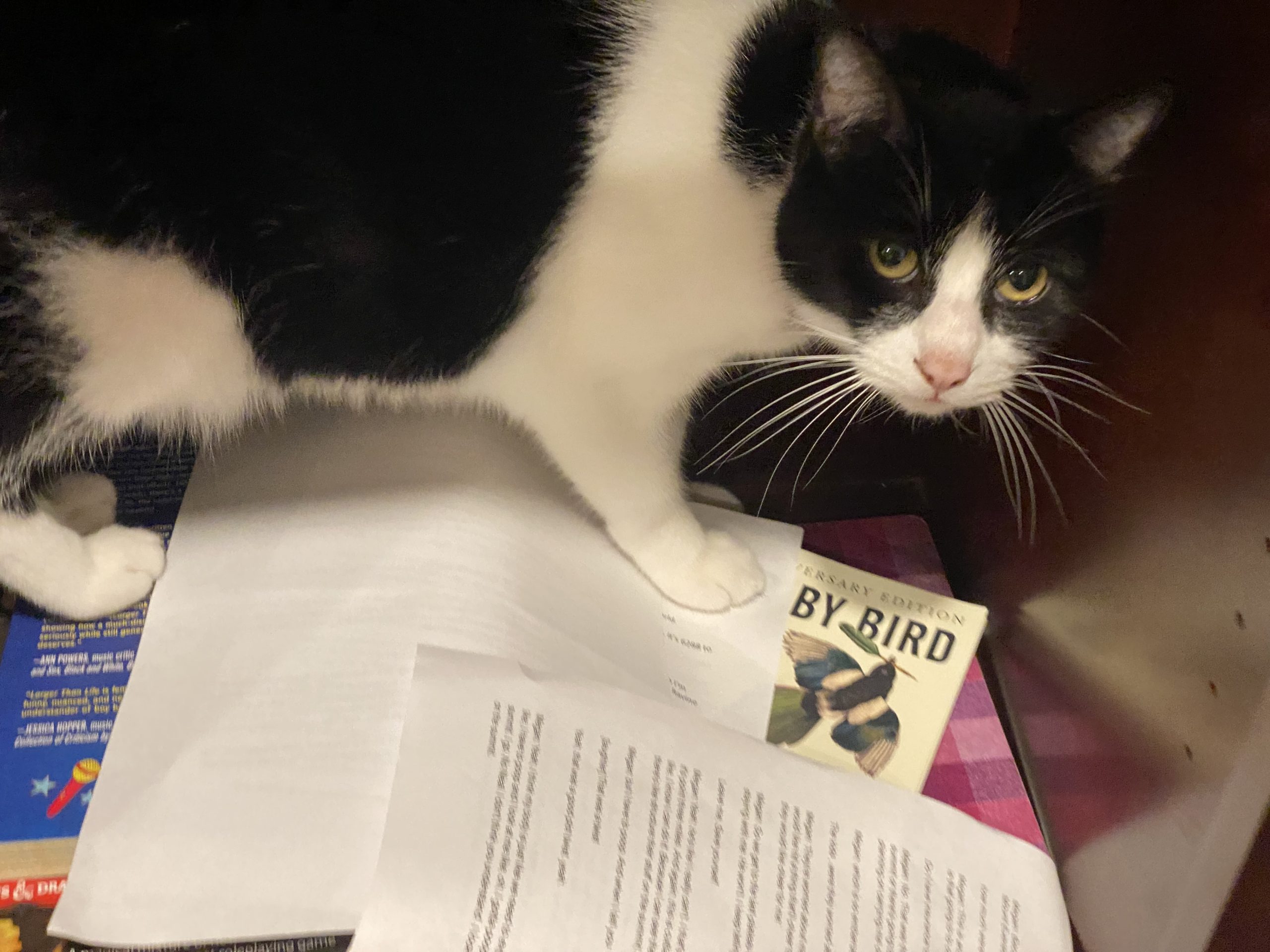

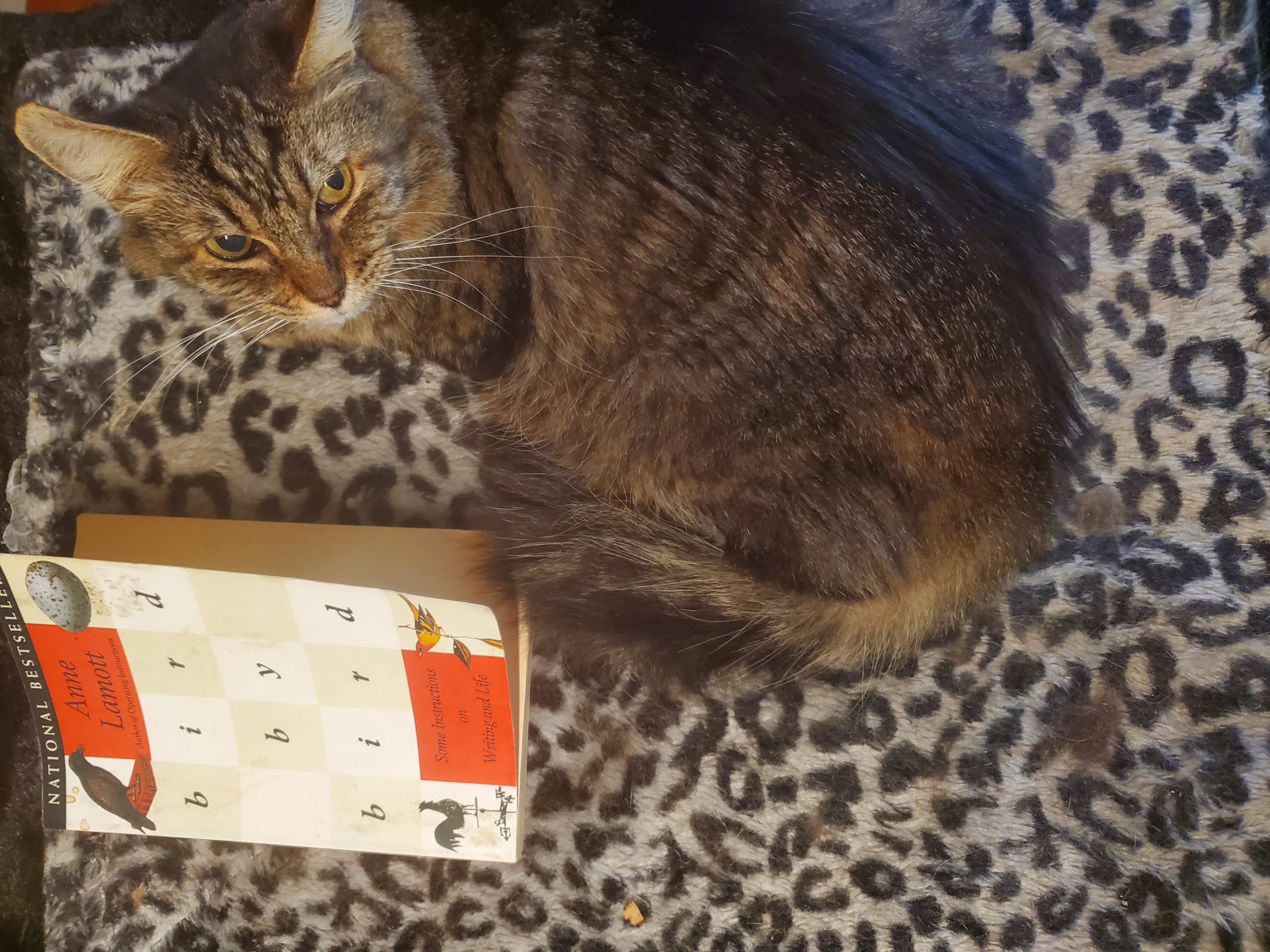
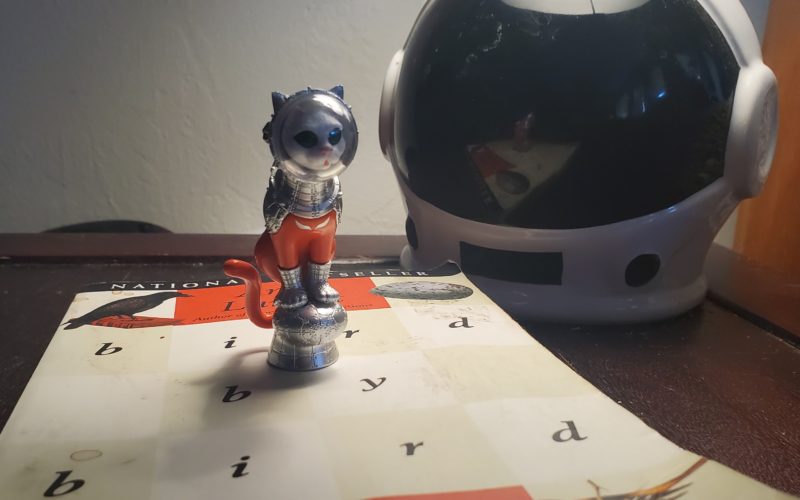
The Secret to Getting Your Short Stories Publish
Okay, maybe that's a bit of hyperbole, but not by much. In this stand alone episode we talk with Erik Klass, the entrepreneurial editor behind the submission service Submitit...